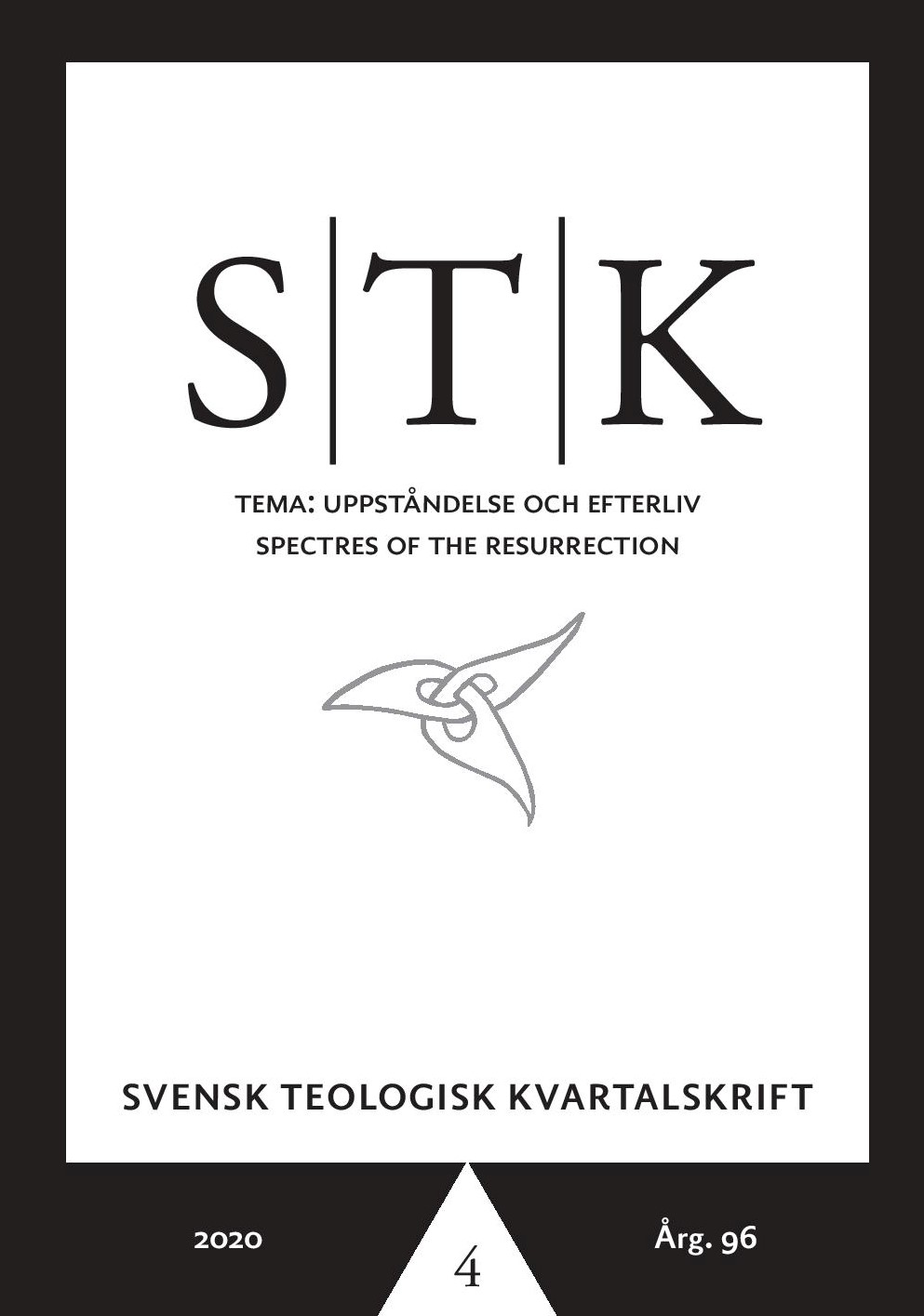A World of Innumberable Inactivities
Martin Hägglund and the Economy of Non-Existence
Abstract
This essay challenges Martin Hägglund's interpretation of the hope of immortality as a longing for death and his identification of life with survival. It does so by interpreting the epitaph of the charwoman, which John Maynard Keynes refers to in "Economic Possibilities for our Grandchildren", as an eschatological speculation on what the dead are doing in the afterlife. The epitaph expresses a sabbatical hope "to do nothing for ever and ever" and by putting it against Hägglund's understanding of life and immortality I show how a theology of immortality, rising from the charwoman's desire, (1) conjures a state beyond the struggle for survival in order to make the desire to do nothing for ever and ever plausible, (2) reconceptualizes the difference between life and death, and indicates a fluidity of the border between existence and non-existence to the point that the problem of being has to be revisited, and (3) expresses what a long tradition has described as the purpose of philosophy and theology: to teach us how to die (and therefore how to live in relation to our coming death). The author argues that the hope for immortality is not a hope for timeless existence per se but rather a hope for a life unburdened by the struggle for survival. Against Hägglund, the charwoman legitimatizes the hope for immortality as a desire that goes beyond the confines of this life.
Downloads
Publicerad
Versioner
- 2021-06-28 (2)
- 2020-12-21 (1)
Nummer
Sektion
Licens
Copyright (c) 2020 Mårten Björk

Detta verk är licensierat under en Creative Commons Erkännande-Ickekommersiell-IngaBearbetningar 4.0 Internationell-licens.


